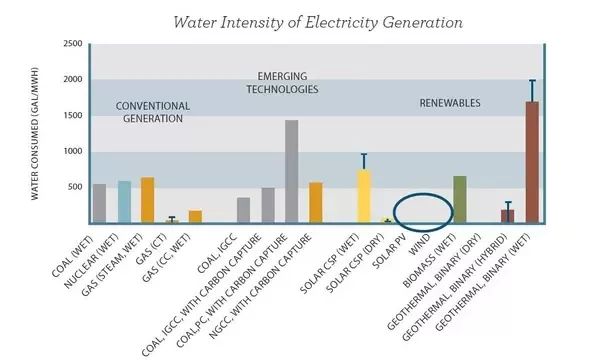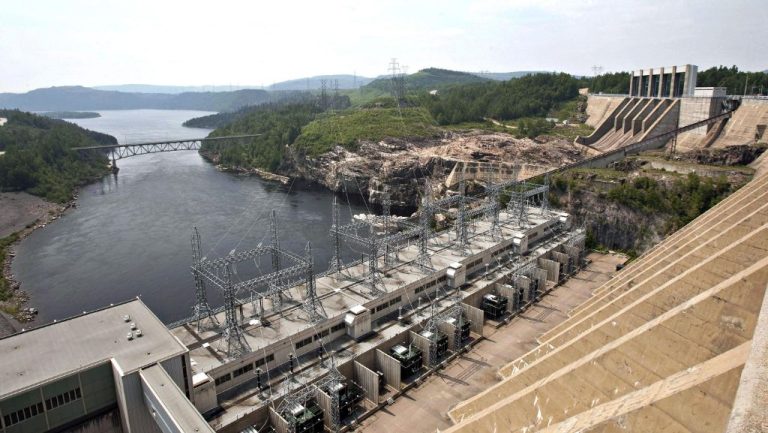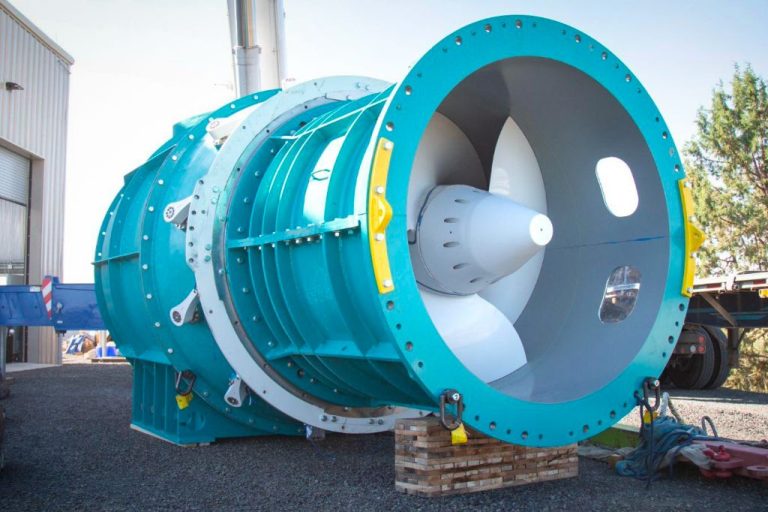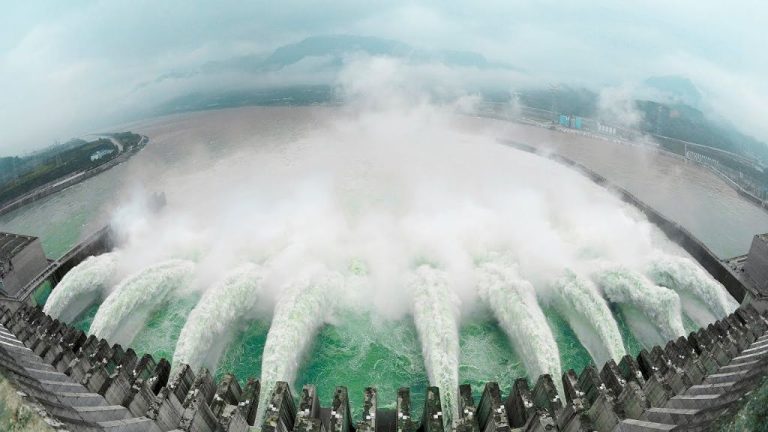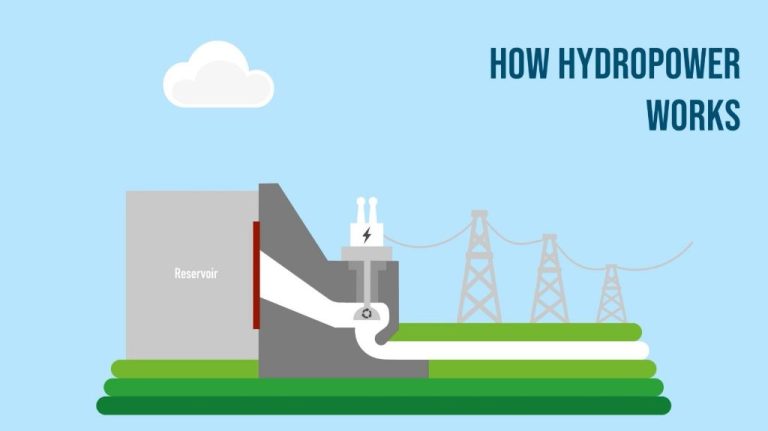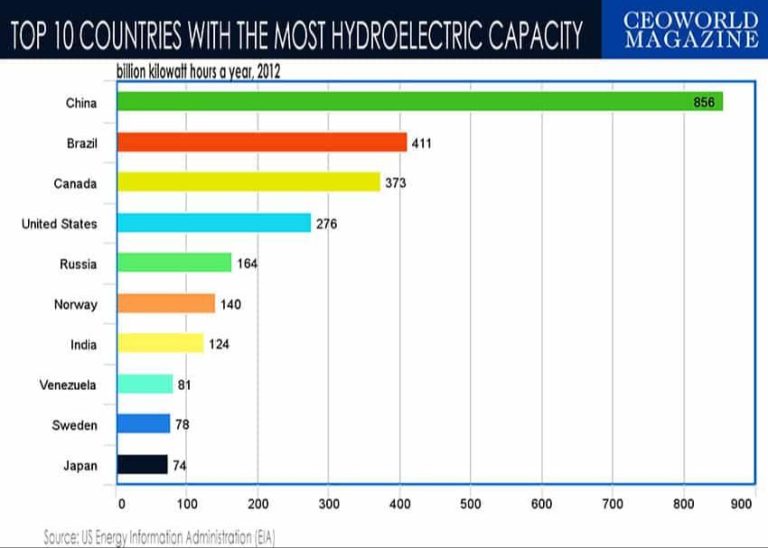Is Hydropower Clean And Cheap?
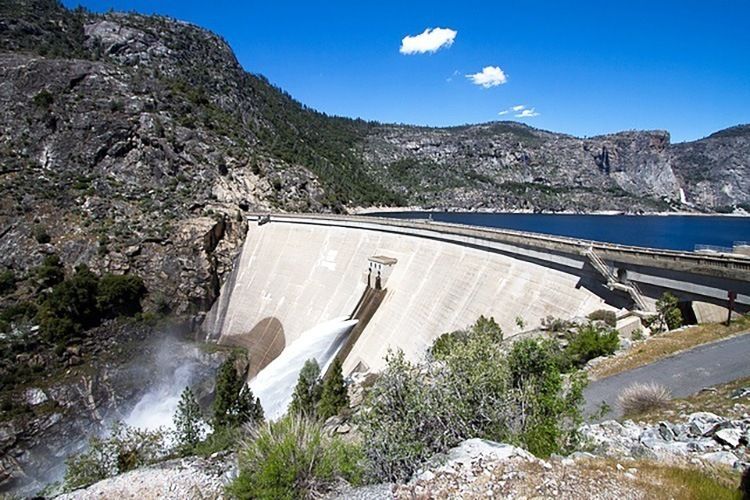
Hydropower is a form of renewable energy that utilizes the natural water cycle to generate electricity. It is considered a clean and sustainable source of power. Hydropower plants capture the energy of flowing water by directing it through turbines connected to generators. The kinetic energy of the moving water rotates the turbines, which converts the mechanical energy into electrical energy.
Hydropower is the largest renewable energy source for electricity generation globally, accounting for around 16% of the world’s electricity production. It offers a stable baseload power supply in many regions. With concerns over climate change and energy security, hydropower is an important technology for clean and affordable electricity generation.
Hydropower Generation Process
Hydropower generation utilizes the energy from flowing water to generate electricity. Here’s how it works:
Dams are constructed across rivers to store water in reservoirs. When the water is released from the reservoir, it flows through a turbine to generate electricity. The moving water spins the turbine blades which then activates a generator to produce electrical power. The amount of electricity generated depends on the volume of water flow and the height from which it falls.
According to Fadoul (2017), the power generated by hydropower is calculated using this formula: kW = Head (ft) x Flow (ft3/s) x 62.4 x 0.746 / 550 x Efficiency %. The head refers to the height the water falls and the flow is the water volume per second passing through the turbines.
So in summary, stored water in a reservoir flows downwards through the dam, the force of gravity causes it to fall through the turbines, which then spin a generator to produce electricity. The greater the volume and height the water falls, the more power is generated.
Advantages of Hydropower
Hydropower has several key advantages as an energy source. First, it is renewable – hydropower relies on the water cycle and will not run out over time (1). Second, hydropower is reliable and flexible in its operations. Dams and reservoirs can store water and generate electricity on demand when it is needed (2). Hydropower plants also have the ability to start up and stop generation quickly in order to meet peak electricity demands or respond to rapid changes in electricity use (3).
Overall, the advantages of hydropower are that it is a renewable, reliable, and flexible source of electricity generation. Hydropower plants can utilize stored water to produce power when it is most needed by the grid system. This makes hydropower a valuable component in a diversified energy portfolio.
Sources:
(1) https://queryplex.com/advantages-of-hydropower/
(2) https://energy5.com/blog/the-role-of-dams-reservoirs
(3) https://byjus.com/question-answer/which-of-the-following-is-not-among-the-advantages-of-hydropower-generation-it-produces-electricity-1/
Disadvantages and Environmental Impacts
While hydropower is a renewable energy source, dams can have negative environmental and social impacts. Hydropower dams disrupt natural water flows and aquatic ecosystems. The dams block fish migration routes, alter water temperatures, reduce oxygen levels, and trap nutrient-rich sediments behind the dam that would normally flow downstream (https://www.mdpi.com/2073-4441/13/3/265).
Additionally, the reservoirs created by hydropower dams emit greenhouse gases like methane and carbon dioxide as vegetation decomposes underwater. According to research, reservoirs account for 4% of all human-caused methane emissions globally (https://par.nsf.gov/servlets/purl/10288963).
Dams also permanently alter surrounding landscapes and ecosystems. Areas are flooded to create reservoirs, displacing communities and impacting biodiversity. Erosion can increase along shorelines and altered water flows impact floodplains and wetlands downstream (https://www.researchgate.net/publication/330843401_Hydropower_Dams_Environment_and_Politics).
Hydropower Costs
The costs of hydropower projects can vary greatly depending on the size, location, and site-specific factors. However, in general:
Upfront capital costs for hydropower tend to be high due to the need for civil infrastructure like dams, tunnels, and transmission lines. According to the International Energy Agency, “the average overnight capital cost for recent large-scale hydro projects in North America ranged from approximately USD 1,500 to USD 4,500 per kW of new nameplate capacity.” [1]
Ongoing operations and maintenance costs are relatively low compared to other forms of renewable energy. Routine maintenance is estimated at 1-4% of capital costs per year. However, major repairs like replacing turbines can be costly over the long-term lifespan of hydropower projects.
According to one analysis, the levelized cost of electricity from hydropower in North America ranges from $0.03 to $0.10 per kWh. This is competitive with or lower than costs for wind, solar, nuclear, coal, and natural gas. [2]
Comparative Costs vs Other Sources
Hydropower is among the most affordable and competitive energy sources when compared to other renewable and conventional fuel options. According to the International Renewable Energy Agency (IRENA), hydropower has the lowest levelized cost of electricity of all major energy sources at an average of $0.05 per kWh. This compares quite favorably to other renewables like solar PV which costs around $0.085/kWh and wind at $0.05-0.17/kWh. It is also lower than fossil fuels like natural gas which averages $0.07/kWh and coal at $0.055-0.14/kWh (1).
One analysis by the International Hydropower Association found the levelized cost of hydro to be 50% lower than nuclear, 40% lower than coal, and 25% lower than natural gas (2). Factors like no fuel costs, long project lifespans, and low operations and maintenance contribute to the low costs of hydropower. The ability to dispatch power on demand also gives it an advantage over intermittent renewables like wind and solar in terms of value. Overall, hydropower’s cost profile makes it highly competitive and a foundational energy source for reliable and affordable electricity generation.
Growth and Capacity
Hydropower currently accounts for around 7% of total electricity generation capacity in the United States, with an installed capacity of around 80 GW as of 2021 (Source). According to market projections, the global hydropower market is poised for steady growth in the coming years driven by rising electricity demand and favorable policies supporting renewable energy sources.
The U.S. hydropower market is forecast to reach around 95 GW of installed capacity by 2030, representing an average annual growth rate of 1.4% (Source). Growth will be driven by upgrades at existing facilities, new small hydropower projects, and pumped storage capacity additions. However, growth rates are expected to be moderate compared to other renewables like solar and wind power.
Globally, hydropower capacity is projected to reach around 2,000 GW by 2031, up from around 1,210 GW in 2020. Emerging economies in Asia and Africa represent major growth markets, where large untapped hydropower resources exist to meet rising electricity demand. However, growth rates are slowing due to market maturity in Europe and North America.
Large vs Small Hydropower Projects
Hydropower projects come in a wide range of sizes, from giant dams and reservoirs to small and micro hydropower installations. While large-scale hydropower projects can generate a lot of electricity, they also have distinct disadvantages compared to smaller projects.
Large hydropower installations, like the Three Gorges Dam in China or the Itaipu Dam between Brazil and Paraguay, typically involve damming a major river and creating an enormous reservoir. The advantages of these massive projects are the ability to generate thousands of megawatts of electricity and provide baseload power. However, large dams also completely alter the natural flow of rivers, change ecosystems, require resettlement of communities, and have large upfront financial costs (https://www.hydro.org/wp-content/uploads/2017/08/SmallHydroSummit.pdf).
In contrast, small and micro hydropower projects generate under 10 or 1 megawatts of power, respectively. These small-scale installations, like run-of-river systems, have a much lower impact on the environment. While they cannot generate as much electricity as huge dams, small hydro projects provide clean power without major ecosystem disruption. They can also be built rapidly to provide electricity in remote areas. However, small hydro systems may not provide consistent baseload power like large dams. Overall, smaller hydropower projects tend to be more sustainable, while massive dams generate more total electricity but with greater environmental costs (https://www.irena.org/-/media/Files/IRENA/Agency/Presentations/Socioeconomic-impact/2020/Jun/IRENAinsight-webinar_RPGC-in-2019-Overview.pdf?rev=b8aa42b5217f4045a353a6cf66c15c2b&hash=99876F98B7AE0705E4D4FFE49D1AF9A9).
Case Studies
Some of the largest and most noteworthy hydropower projects around the world include:
Three Gorges Dam in China is the largest hydropower station in the world. Constructed on the Yangtze River, it has an installed capacity of 22,500 MW Satellites over the Amazon capture the choking of the ‘House of God’ by the Belo Monte dam. They can help find solutions, too. The dam has been extremely controversial though, displacing over 1 million people and severely impacting the environment.
Itaipu Dam on the Brazil/Paraguay border is the second largest hydroelectric power station, with 14,000 MW of installed capacity. Jointly owned by the two countries, it supplies over 90% of Paraguay’s electricity and meets about 25% of Brazil’s needs Renewable Energy Sources – Solar – Wind – Hydro energy.
Guri Dam in Venezuela is one of the oldest and largest dams in South America. With 10,200 MW capacity, it provides 73% of Venezuela’s electricity. However, water levels in the dam have been falling in recent years leading to power rationing.
Grand Coulee Dam in the United States is among the largest hydropower facilities worldwide. Built on the Columbia River, it has 6,800 MW capacity and produces 21 billion kWh annually, making it the largest power producer in the U.S.
Other major hydropower dams are found in Canada, India, Norway, Turkey and many other countries around the world.
Conclusion
In conclusion, hydropower can provide clean, renewable electricity at competitive costs compared to fossil fuels and other renewables. However, large hydropower projects can also have detrimental environmental and social impacts that must be carefully managed. Smaller, run-of-river projects are gaining favor as a way to minimize impacts while still providing sustainable energy.
Overall, hydropower will continue playing an important role in renewable energy production globally. With proper planning and mitigation of downsides, hydropower can be harnessed as a cheap and abundant energy source to help nations transition to cleaner electricity profiles. The future outlook depends on striking the right balance between new project development and minimizing associated impacts.

